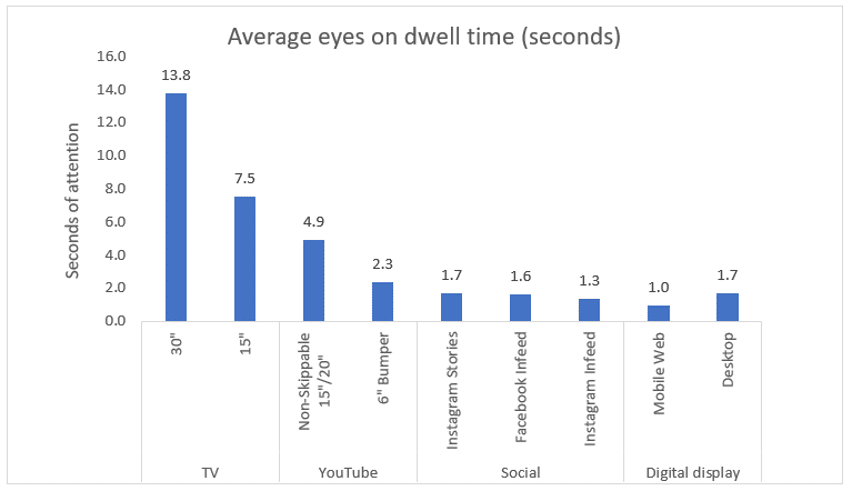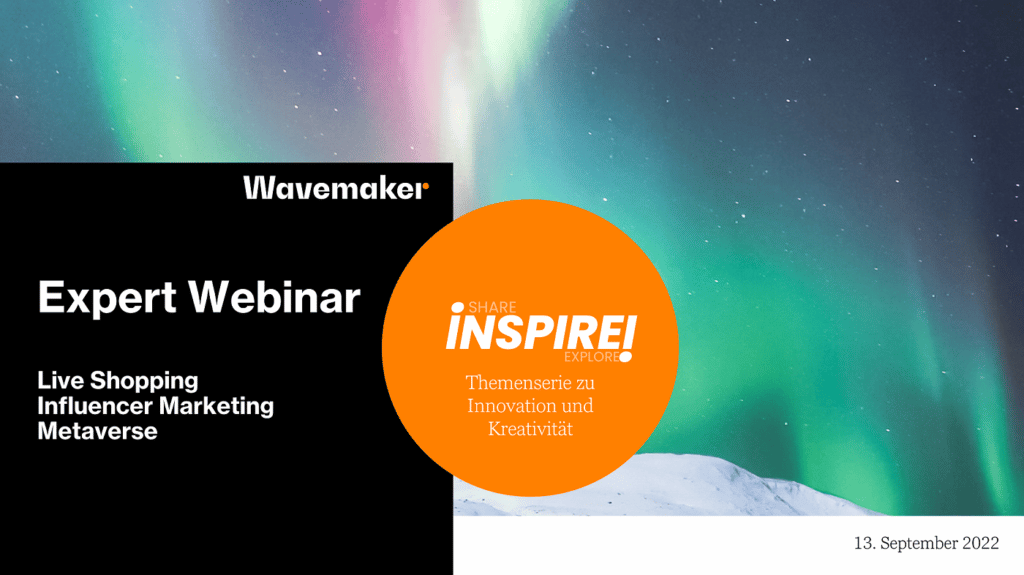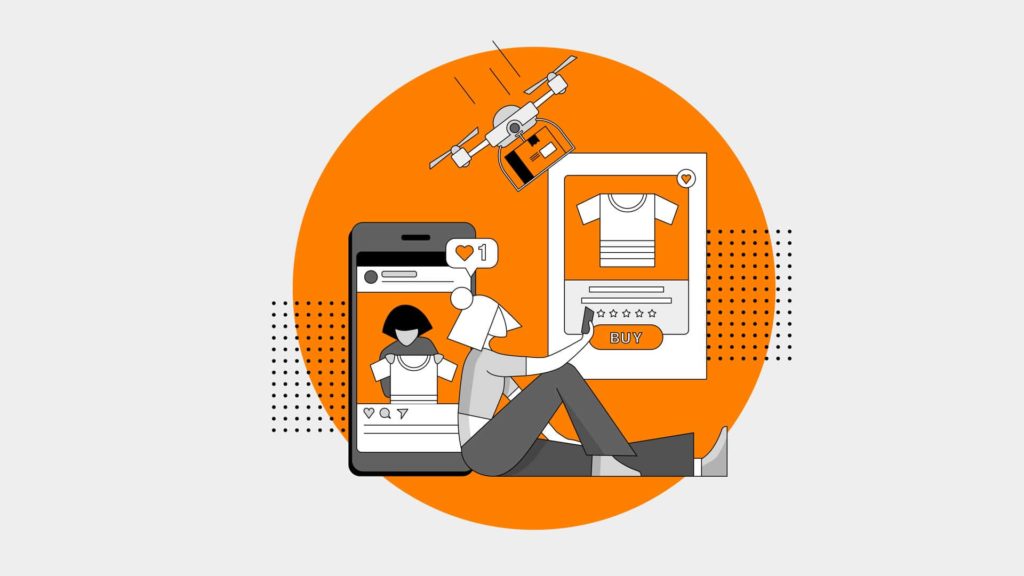The Provocateur – Sonderserie „OUTSIDE THE BOX“: Wavemaker Experten analysieren zum Nachdenken anregende Themen und teilen mit uns offen ihre Meinung und Gedanken.
There is a common misconception that online video offers brands a creative canvas unrivalled by TV advertising. But rather than formal constraints like 30- or 60-second limits, online video is governed by ever-shifting constraints dictated by the audience and their viewing experience.
A new world of possibility
The internet gave us a whole new set of creative formats. Some platforms followed similar rules to their offline predecessors. In online video, the broadcast-video-on-demand (BVOD) and pre-roll spots aped the durations we were used to in TV.
But some media owners tried a different route and removed fixed ad lengths. For creatives, this provided a completely new canvas with which to play. For brands, it was a tantalizing opportunity to capture more time with their target audience. To increase the depth of the message. To unpack a richer, more emotionally impactful story.
The (theoretical) beauty of this new inventory was that the performance of your campaign would be democratic. In theory, you could buy a much longer video placement for no extra money. If the content was sticky enough, the audience would not skip or scroll. And with sharing just a click away, there was always the chance it could go ‘viral’.
The planning paradox
At first online video was seen mostly as another touchpoint to extend a TV campaign. Then media owners started to adapt and tweak their offering to max out the amount of highly attractive video inventory for sale on their platforms. This de-standardization of format had two important consequences for media planning.
No1 Variation in the audience consumption experience. In one environment online video is a pre-roll among other advertising messages. In others it’s a stand-alone post in a news feed. On some platforms it allows the user to skip after several seconds, others force a full view before serving up the desired content.
No2 Fragmentation in measuring video views. It became standard for an online video plan to contain conflicting definitions of views, based on the platforms, partners and formats being bought. The problem was especially acute with social media platforms, where a default ‘view’ is somewhere between 2-3 seconds, irrespective of video length.
We faced a planning paradox. The media platforms that offered the most creative freedom were the platforms with the least rigorous measurement of a video view.
At Wavemaker UK we have done two extensive studies over three years to figure out a solution to this paradox. In both we used anonymized and aggregated data from across our clients’ media activity.
- The Open Video study looked at all online and off-line video in order to benchmark the cost efficiencies of running a video across any mix of platforms. The results were clear and conclusive. The exit CPMs of creatives over 10 seconds long were over x10 more expensive on social video than on TV.
- In the second piece work, Social Intelligence, we tracked long-term trends in activation performance on social. As more investment shifts into video on these channels, we have seen steady and consistent decline in video view-through rates.
The implications are clear. Only 11% of video views on Facebook ever make it past 3 seconds. And as this space becomes more crowded, completion rates are declining year on year. When our media booking doesn’t put a formal constraint on the creative, we must instead hold ourselves accountable to user behaviour and viewing experience, across each and every video platform. This is the only way to guarantee a great consumer experience and smart use of budget.
Attention please
To deliver creative impact, to tell a story, first we must capture attention. Thanks to a recent study from Lumen Research, we can now quantify the ability of different video platforms to hold the active attention of their audience. On average, TV holds attention for twice as long as YouTube pre-roll, and almost ten times as long as social media in-feed video posts.

Source: Lumen – What is the true cost of advertising attention? (Dec 2020)
As the study’s authors put it: ‘The amount of time that people spend actively looking at ads varies greatly across media. TV ads, and some YouTube formats, get enough attention to tell a story. Everything else, including Facebook and Instagram, is more like digital out-of-home.’
So for now, the home of storytelling is still TV. Please don’t mistake this as an argument for one media channel being ‘better’ than another. It’s not. But it is a call for us (brands and media experts) to be as rigorous and challenging in the face of informal constraints, as we are for formal ones.
Before you produce your next piece of beautifully crafted storytelling, don’t assume it will find a good home online. Challenge that assumption. Interrogate the data you have at your disposal. Consider the environments where you will get the most attention. For my money, TV is still pretty hard to beat.

Ben Levy, UK Strategic Planning Lead








